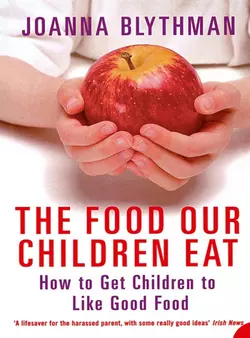The Food Our Children Eat: How to Get Children to Like Good Food

Joanna Blythman
Тип: электронная книга
Жанр: Кулинария
Язык: на английском языке
Стоимость: 542.17 ₽
Издательство: HarperCollins
Дата публикации: 16.04.2024
Отзывы: Пока нет Добавить отзыв
О книге: A majority of British children mainly eat processed and junk food. Award-winning food writer Joanna Blythman takes a controversial look at this curious phenomenon and offers parents practical tips on how to improve their children’s diet.Written in a highly accessible way, The Food Our Children Eat offers practical tips for parents who are concerned about what their children eat and looks at the long term consequences for human health and society of the increase in consumption of junk food. Joanna Blythman suggests strategies for ensuring our children eat more healthily, both at home and at school, with invaluable advice about how to interest children in nutritious food.This well-researched and fascinating book also discusses the impact of our eating habits on the younger generation and attacks the complacency that surrounds the emergence of separate kids’ food and mealtimes. The Food Our Children Eat explores the decline in the standard of food children eat and is an intriguing polemic on what we can do to improve it.